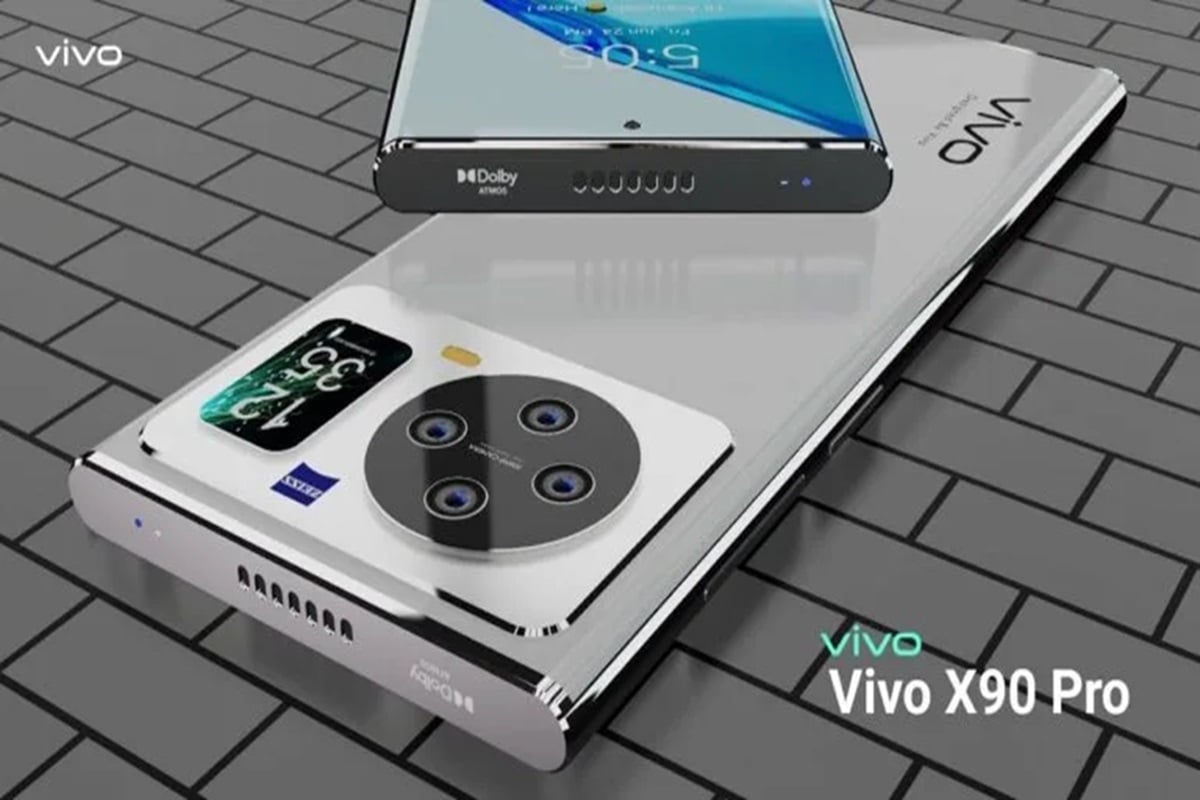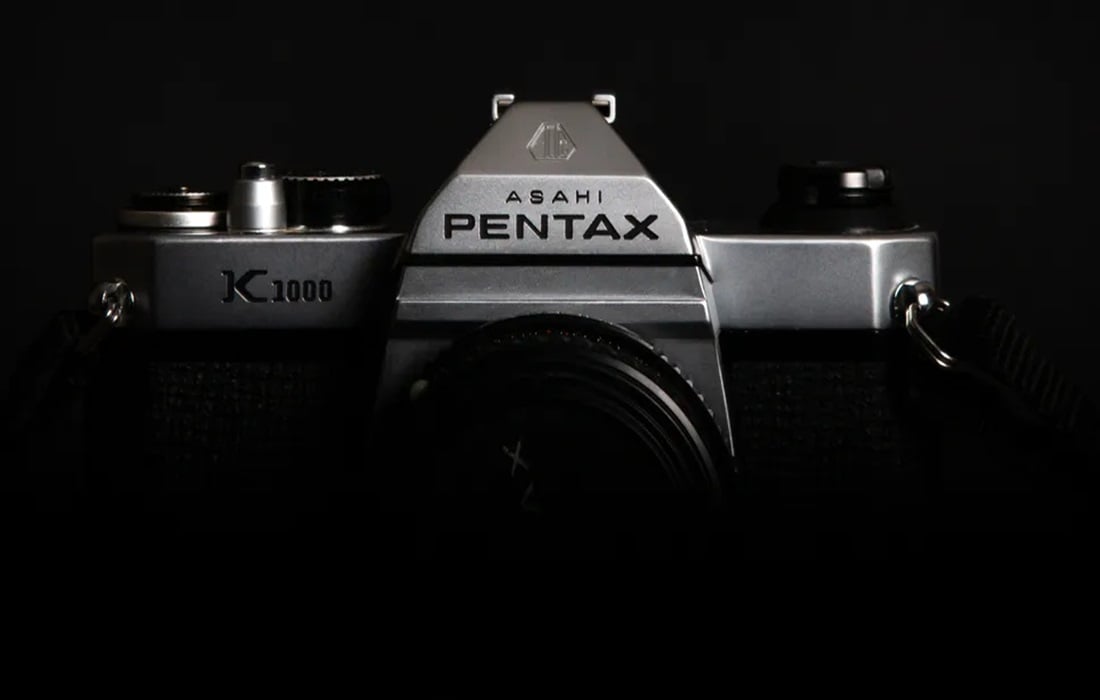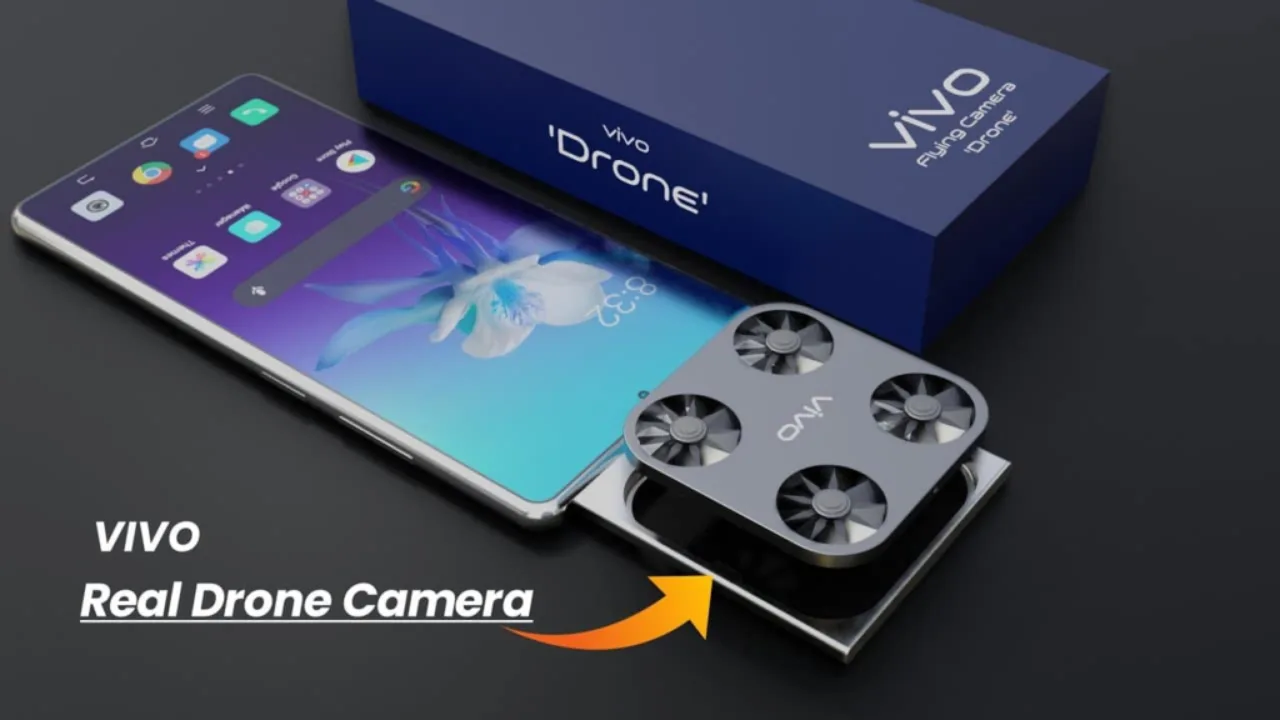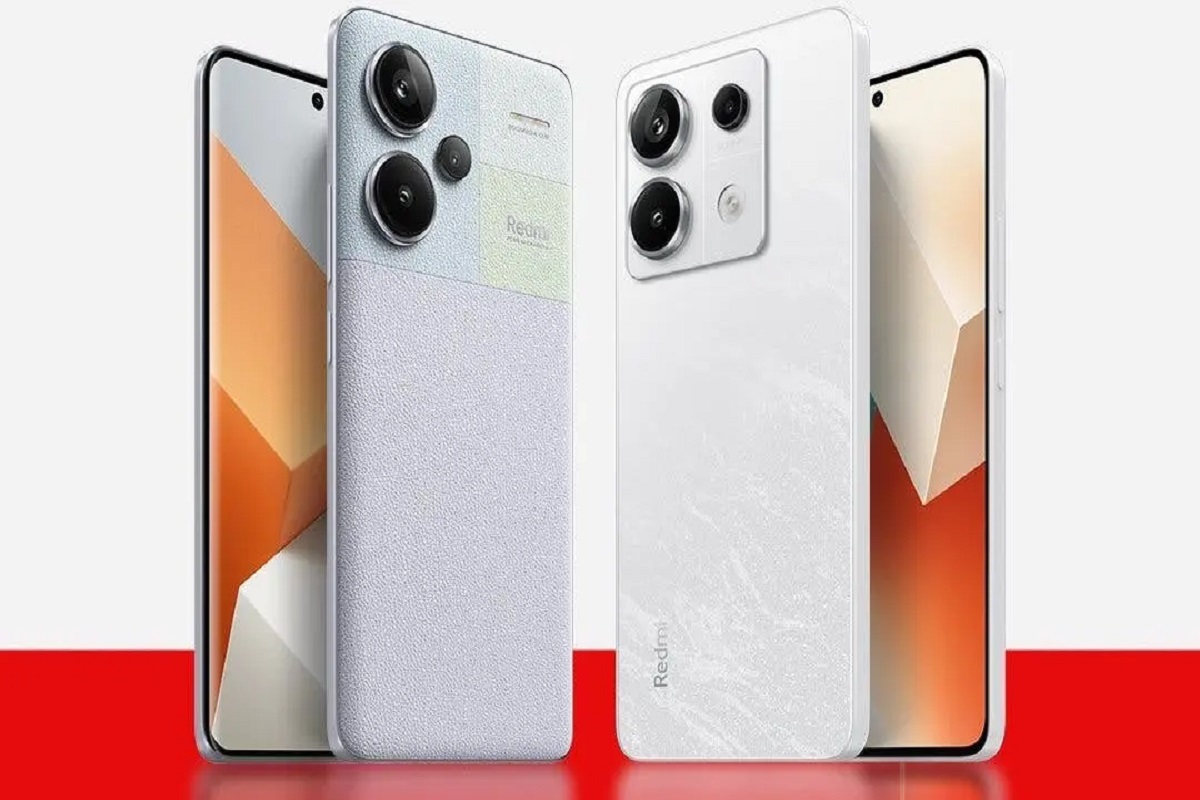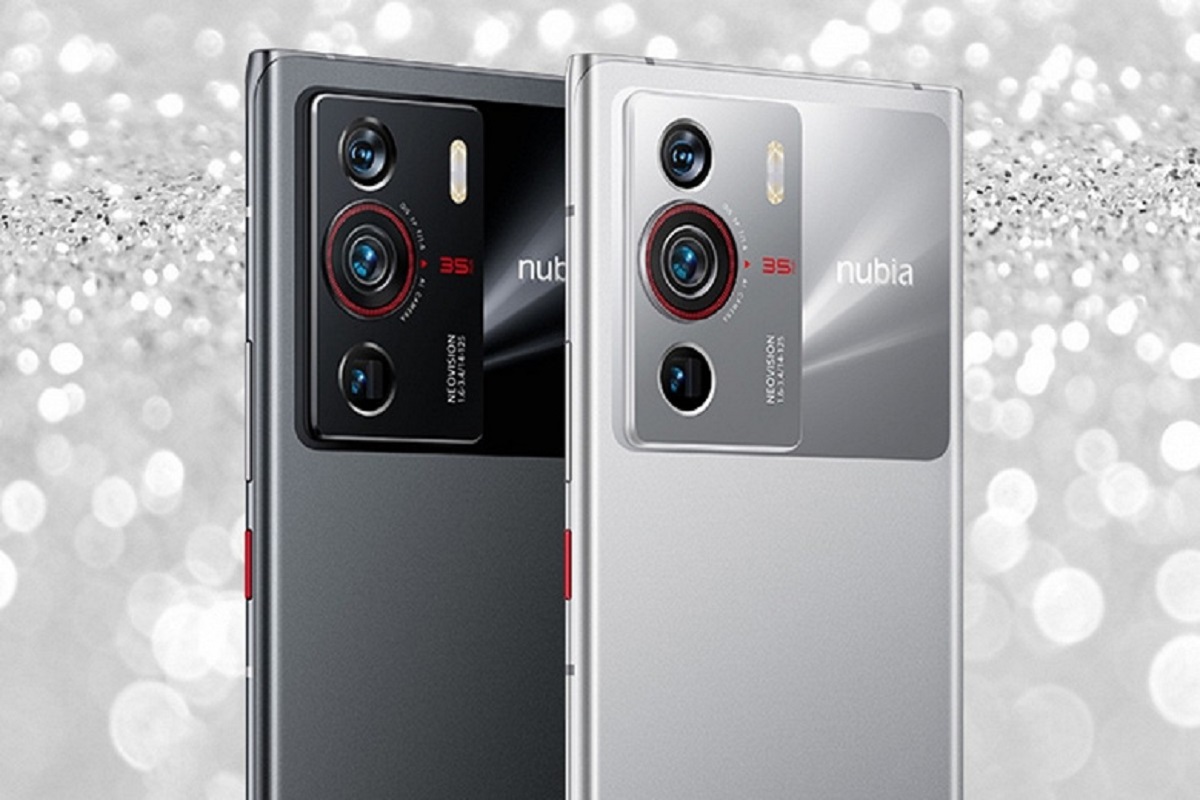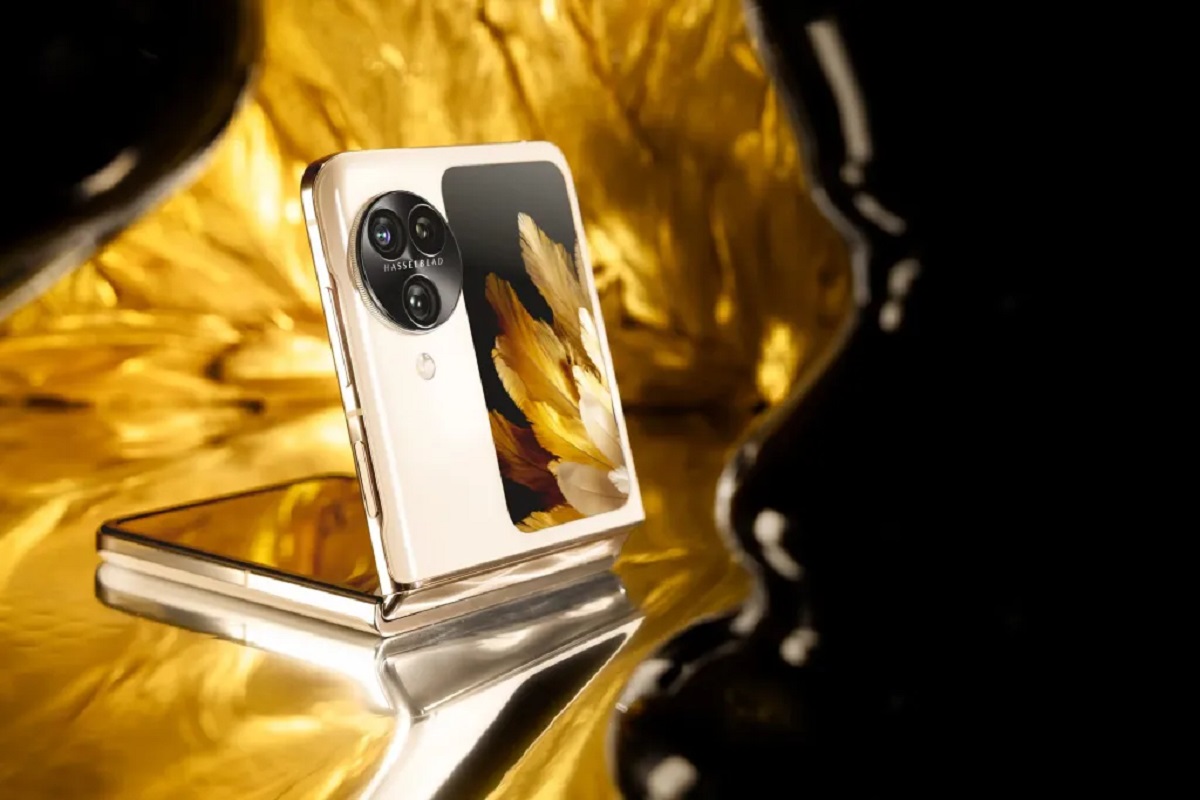In the dynamic world of mobile photography, software innovation plays a pivotal role. Google’s GCam, a cornerstone of computational photography, has revolutionized image capturing on mobile devices. The Google Camera app, known as GCam, is particularly lauded for its ability to produce stunning photographs on Pixel phones, despite their modest hardware.
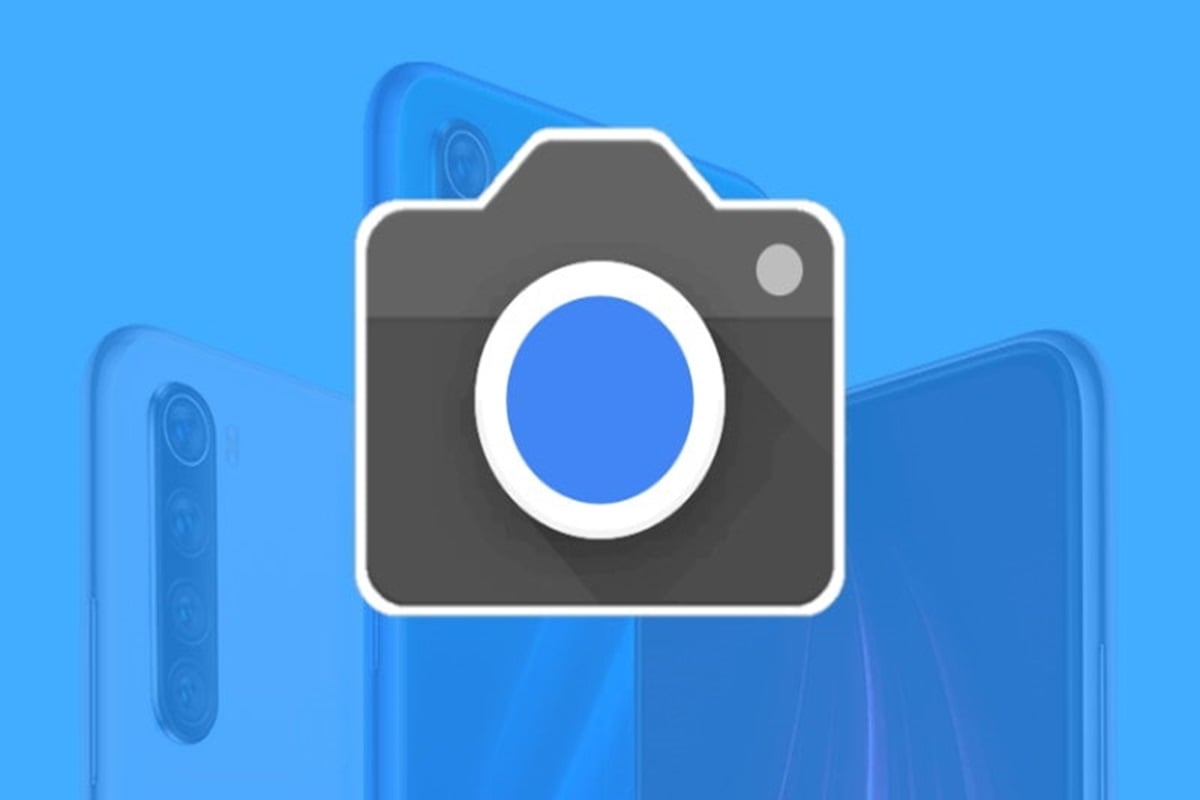
GCam 9.2, the latest iteration, is a modified version of the Pixel Camera app that extends its remarkable capabilities to a broader range of Android smartphones. It compensates for hardware limitations by utilizing Google’s superior image processing algorithms. Users of Xiaomi, OnePlus, and Realme devices, among others, find GCam especially beneficial as it enhances the performance of their native camera apps.
Google’s expertise in software engineering allows GCam to replicate the Pixel’s camera features, significantly improving photo quality on non-Pixel devices. For enthusiasts, GCam 9.2 offers extensive customization options, enabling them to adjust settings to their preference and share these configurations with the community.
Key Features of GCam 9.2
– Revamped User Interface: GCam 9.2 introduces a cleaner interface, consolidating controls into a carousel for easy access, and includes a ‘Reset All’ button for quick reversion to default settings.
– One-Handed Accessibility: The settings button is now positioned for convenient thumb access, enhancing one-handed app navigation.
– Advanced Photographic Options: The settings menu now offers options like “Ultra HDR” and “Rich Color in Photos,” previously exclusive to newer models, to a wider audience.
– Display P3 Color Format: Users can opt for the Display P3 color space over the standard SRGB for more vivid colors, though compatibility may vary across platforms.
– Ultra HDR Mode: This new feature provides superior dynamic range, balancing bright and dark areas in photos for more detailed and vibrant results.
– Palm Timer Function: The palm timer for selfies is now more flexible, with an ‘Always On’ setting for added convenience.
The GCam community actively collaborates to create custom versions of the app, optimized for specific smartphone models, often surpassing the capabilities of stock camera apps.
Considerations for Installing GCam 9.2
– Compatibility: Ensure GCam 9.2 is compatible with your device and operating system before installation.
– Unofficial Sources: As GCam is not available on the Google Play Store, download it from trusted third-party websites to avoid security risks.
– Learning Curve: Beginners may need to familiarize themselves with GCam’s features through tutorials or forums.
– Potential Instability: Some versions of GCam may have stability issues on certain devices; trying different versions may resolve this.
– Warranty Concerns: Check your manufacturer’s warranty policy regarding the installation of third-party apps like GCam.
Installation Guide
1. Download the GCam 9.2 APK file from a reliable source.
2. Allow installation from “Unknown sources” if required by your browser.
3. Open Google Camera once installed; an icon will appear on your home screen or app drawer.
4. For older Android versions, visit the CelsoAzevedos Repository for compatible Google camera mods.
